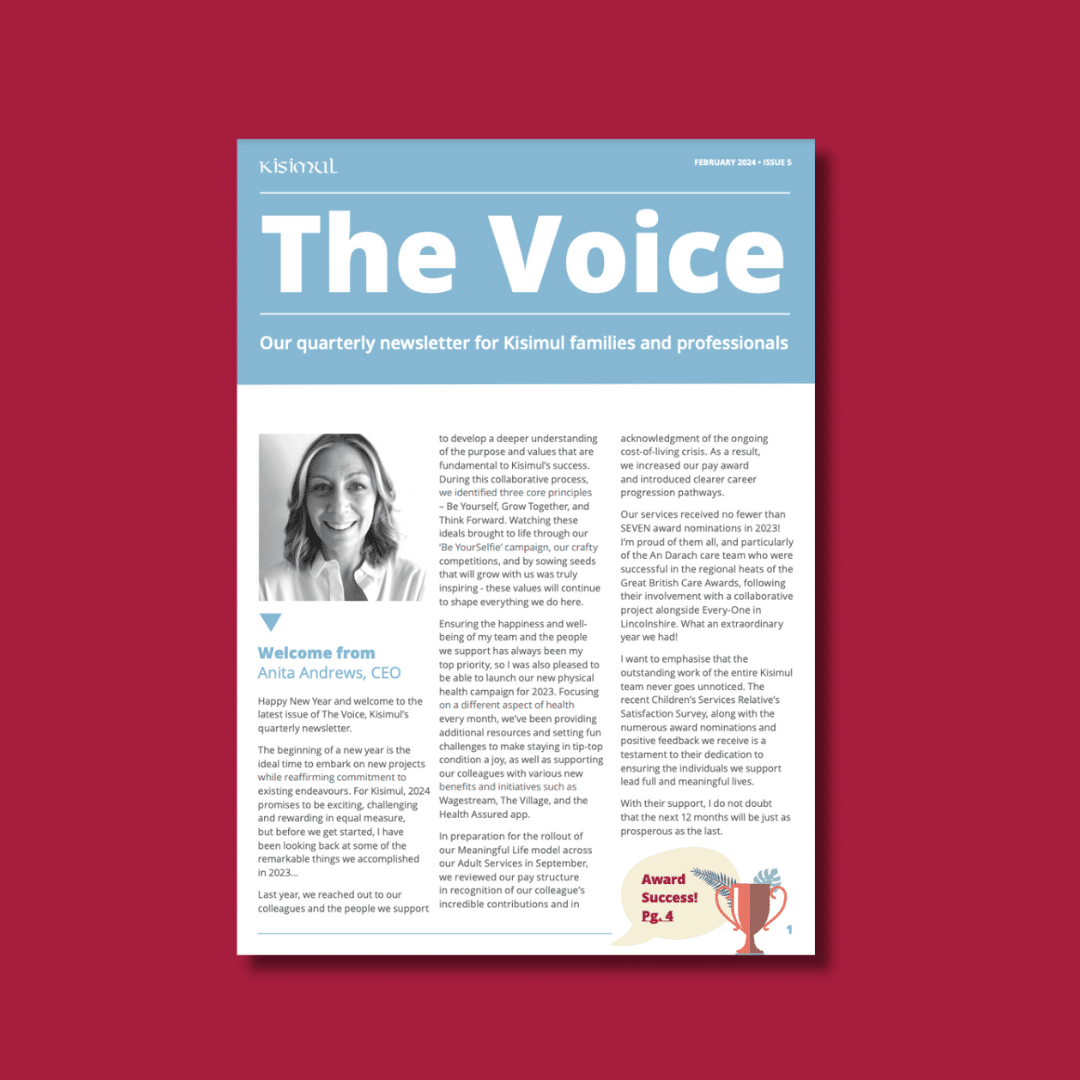Occupational Therapy Assistants Biba and Marie have been instrumental in introducing the transformative power of…
Good to know…the difference between supported and residential living
If you are a family that is considering living arrangements for your loved one with autism or a learning disability, we understand that it is a daunting and anxious time for you, particularly for those thinking about a move away from the family home.
This blog aims to provide you with helpful information so that you can make decisions that will enable your loved one to have choice and control over their life, allow them to remain healthy and happy, and maintain the things important to them.
For those that will always need some level of support to live away from the family home, the options broadly fall into two categories; residential care or supported living.
Both supported living and residential care can cater to a wide range of needs and ensure an individual can lead an enjoyable and meaningful life, but it is not always immediately evident which bracket a particular living arrangement falls under.
We’ve highlighted the key differences here:
Residential care
Residential care tends to be more suited to adults with complex conditions who require 24/7 specialist support to manage their daily needs. A single organisation provides both accommodation and care, and each person has a private bedroom with access to shared communal areas. This allows residents to have alone time and independence in their rooms, but also the opportunity to enjoy spending time with others.
This kind of care is commissioned and funded by a Local Authority or health board and regulated by the CQC in England.
Some families may prefer this ‘all-inclusive’ arrangement where care and accommodation are provided by one organisation and, other than personal expenditure, the weekly fee covers most costs. Don’t forget, though, that if the resident is receiving state benefits or has their own private income/savings over a certain threshold, they are likely to be asked by the local authority to contribute.
The primary disadvantage here is that residents have little security of tenure and are subject to notice periods which could see them being asked to move out if the home is closed or sold or if the service can no longer meet that individual’s needs.
Supported living
Supported living is designed to allow people to live as independently as possible while offering that extra physical and emotional support to help them lead fulfilling lives in their own homes.
One of the main differences from residential care is that in a supported living service, the care is provided by one organisation and the accommodation by another, the landlord. People in supported living have their own tenancy agreement, which may involve full or part furnishing and require contributions to the maintenance of the property. The resident is responsible for their bills and cost of living expenses, such as food, leisure activities, and travel fares, just like anyone else. To afford this, the person may be entitled to a wide range of benefits such as Universal Credit, Employment and Support Allowance (ESA), and Personal Independence Payment (PIP).
One of the key benefits of supported living is the level of flexibility it affords. Individuals also have the security of their tenancy in line with their tenancy agreement, so if the support provider changes, it doesn’t affect where they live. The downside for some families can be the responsibility of administration and managing budgets, although most support providers and landlords will assist individuals with this.
There are several housing options within the supported living model, including renting social or private housing, special housing schemes, home ownership, shared ownership, or buy-to-let arrangements. The options are quite complex, and each must be considered carefully. We recommend starting planning early and taking independent advice wherever possible. A list of additional resources at the end of this blog will signpost you to the organisations that can help.




